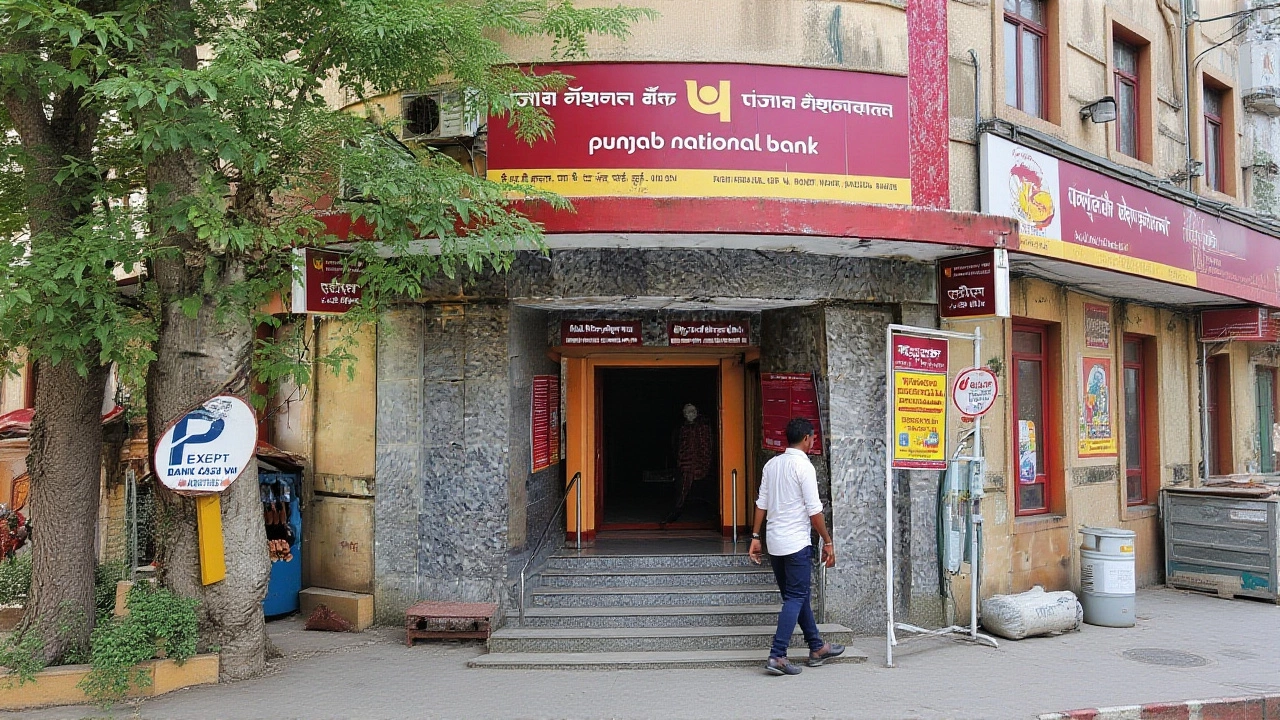Reserve Bank of India: How It Shapes India’s Money and Markets
When you hear Reserve Bank of India, the central bank that controls the country’s money supply, issues currency, and oversees banking stability. Also known as RBI, it acts as the guardian of financial health in a nation of over 1.4 billion people.
One of the core tools the RBI wields is Monetary Policy, a set of actions that influence liquidity, credit availability, and overall economic growth. By adjusting this policy, the bank can steer the economy toward expansion or cool it down when it overheats. This link between policy and growth creates a direct line to Inflation, the rate at which prices rise and buying power erodes, which everyday shoppers feel at the checkout.
Why RBI Matters for Everyday Life
Another lever in the RBI’s toolbox is Interest Rates, the cost of borrowing money, set by the central bank’s repo and reverse‑repo rates. When the bank hikes rates, loans become pricier, slowing down big‑ticket purchases like homes and cars. Lower rates, on the other hand, make credit cheap, encouraging spending and investment. This cause‑and‑effect chain links the bank’s decisions straight to the wallets of salary earners, business owners, and even students with education loans.
Beyond rates, the RBI enforces Financial Regulation, rules that keep banks solvent, protect depositors, and maintain market confidence. Strong regulation means you’re less likely to lose savings in a bank failure, and it builds trust for foreign investors looking at India’s market. In turn, that confidence fuels capital inflows, which can boost job creation and wage growth.
All these pieces—monetary policy, interest rates, inflation, and regulation—form a tightly knit system. Reserve Bank of India decides the policy, the policy shifts inflation, inflation influences interest rates, and the rates affect borrowing and spending. That loop repeats, constantly reshaping the Indian economy’s rhythm.
For anyone watching the stock market, the RBI’s announcements are like weather reports. A surprise rate cut can send equity indices soaring, while an unexpected tightening might trigger a sell‑off. Traders, fund managers, and even casual investors tune in to the bank’s statements to gauge where the market might head next.
Small businesses also feel the ripple. When the RBI eases credit, entrepreneurs can secure cheaper loans to expand operations, buy inventory, or hire staff. Conversely, a tightening phase can tighten cash flow, forcing owners to prioritize core activities. Understanding the bank’s stance helps them plan better and avoid cash‑flow surprises.
On a broader scale, the RBI’s role in managing foreign exchange reserves safeguards the rupee’s value against global shocks. A stable rupee makes imports cheaper, eases inflation pressure, and keeps overseas tourism affordable. It also protects Indian exporters from volatile currency swings, supporting trade balances.
In short, the Reserve Bank of India is the engine that keeps India’s financial system running smoothly. Below you’ll find a collection of articles that dive deeper into each of these facets—policy analysis, rate forecasts, inflation trends, and regulatory updates—so you can see how the bank’s moves translate into real‑world effects.

Oct 2 Bank Holiday Unites Gandhi Jayanti and Dussehra, Branches Closed
All Indian banks closed on Oct 2, 2025, as Gandhi Jayanti and Dussehra coincided, prompting RBI to declare a nationwide bank holiday and highlighting the push toward digital services.




